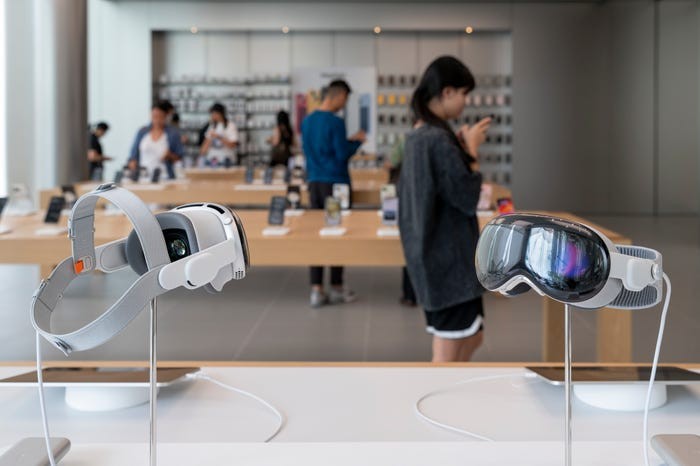
Apple has reportedly ceased production of its Vision Pro mixed-reality headset due to underwhelming demand and mounting customer complaints, marking a setback for the tech giant's ambitious entry into spatial computing.
According to industry sources, Apple's manufacturing partner Luxshare has been instructed to wind down Vision Pro production by year-end, with daily output already reduced to roughly 1,000 units - half of its peak capacity. The company has accumulated enough inventory to meet projected demand through 2025.
Sales figures have been disappointing, with fewer than 500,000 units sold since the February 2024 launch. The device's $3,499 price tag has proven to be a major barrier to adoption, while early adopters have reported various physical discomforts including headaches, vision problems, and neck strain during use.
Even customers who kept their Vision Pro are using it less frequently than Apple anticipated, primarily due to a limited selection of compelling applications and games - a critical factor for any new computing platform's success.
The production halt comes after Apple had already scaled back manufacturing last summer. Most suppliers had produced components for 500,000 to 600,000 headsets by October, with some stopping production as early as May 2024 based on weak sales projections.
Looking ahead, Apple appears to be shifting focus to more affordable alternatives. While development of a second-generation Vision Pro has reportedly been suspended, the company is working on a lower-cost model. Apple has informed suppliers it expects to sell approximately 4 million units of this more accessible version over its lifetime.
The Vision Pro's struggles highlight the challenges of launching a revolutionary but expensive product without a robust ecosystem of applications. As Apple regroups, the industry watches to see if a more affordable headset can finally bring spatial computing to the mainstream.